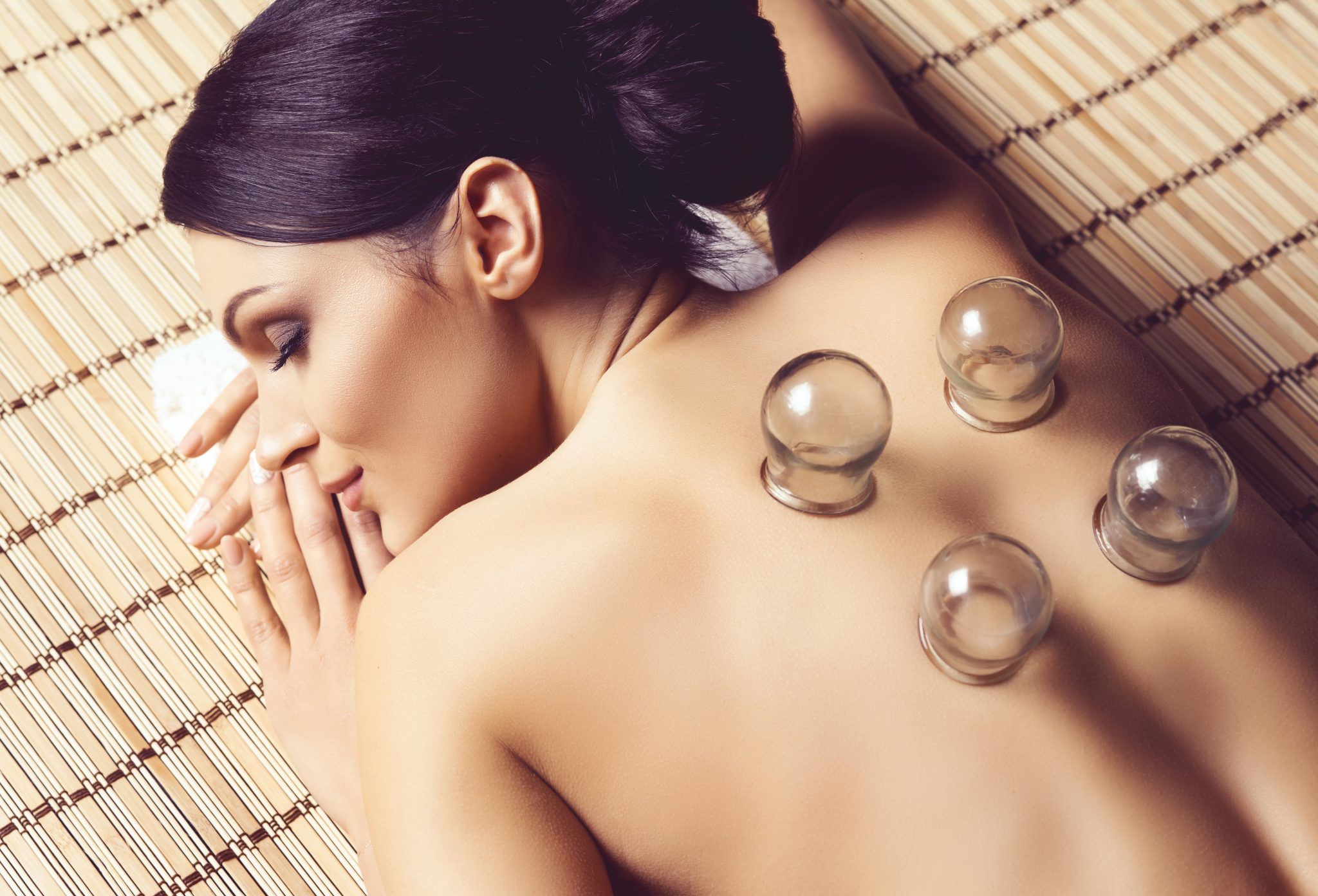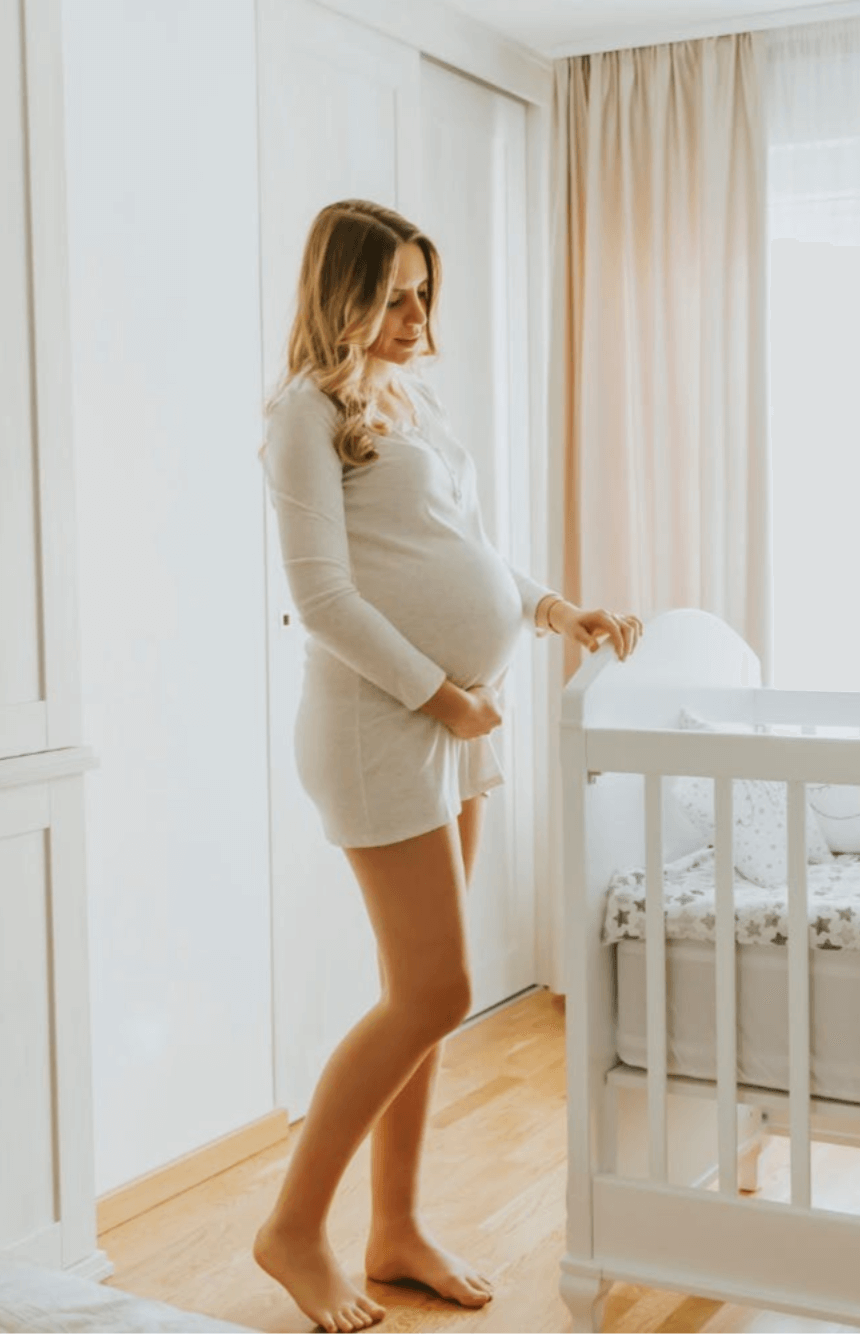
How Different Types of Cupping Can Help
Cupping is an ancient therapy dating back 2,000 years that was used in Asia, Eastern Europe and the Middle East to help with pain, inflammation, circulation, detoxification and relaxation. In fact ancient Egyptian hieroglyphics depict cups in reliefs. Cupping is still used to this day in a very similar fashion Chinese Medicine but these days we have cups made up of different materials and new methodologies of applying the therapy.
How Cupping Works
In all forms of cupping the air is removed from cups as it is applied to the skin to create a vacuum effect. This vasopneumatic effect lifts the tissue and skin thus improving blood, fluids and lymph circulation.
Cupping is often used to alleviate pain and promote healing in soft tissues (fascia, muscles, tendons, ligaments) and especially with chronic or deep injuries. When an injury occurs in the deep body, bleeding will occur that may not be visible. Our body will also trigger an immune response by sending lymphs, fluids and white blood cells to the area to protect the injured tissue and start the healing process. Healing can often by interrupted when the combination of these elements become trapped at the site creating chronic pain and dysfunction.
The vacuum formed by the cupping will help draw out the old, non-circulating stagnant blood and sticky fluids from the injury by bringing them to the surface. When this happens, new oxygenated blood, nutrients and fluids can be restored to the affected area thus promoting faster recovery.
Cupping therapy will leave a mark when the old blood, lymph and cellular debris is brought to the surface (1). These marks may last from a day to up to two weeks. Site where there is old trauma may require multiple treatments to remove all the stagnation. The marks will become progressively lighter as stagnation is removed and healthy circulation is restored (2).
Types of Cupping and When to Use Which
Various holistic medicines have modifications on types of cupping but the most common methods used clinically today are stationary cups and sliding cups. Stationary cups the air is sucked out of the cups and they remain there for 3-5 minutes. The suction is suction is usually stronger and can leave dark marks that look like bruises (unlike a bruise, the marks do not hurt). The second common method is sliding cups. This treatment involves gliding the cups long the body with the aid of some kind of lubricant. Sliding cups generally use gentler suction and does not leave the distinct marks.
Acupuncturists choose different methods based on the desired result. I typically use stationary cups for an acute injury or where there is a focal area of pain. For example, when a patient comes in with low back pain due to trying a new exercise over the weekend. Stationary cups can improve healing time and alleviate pain immediately. An acupuncturist will also use the marks to help diagnose where exactly is the stagnation. Stationary cups can also be used to ease the discomfort of progesterone injection sites or other areas of pain due to stagnation of fluids or cellular debris.
Sliding cups are most effective to try to improve blood flow to organ systems or to extract pathogens and toxins. Sliding cups are typically applied to a larger area and the gliding motion can help with lymphatic drainage and circulation (3). Sliding cups are typically used to help with systemic conditions such as a cold / flu or digestive problems. It is also great to improve circulation to organs and to relax chronic tension pain and tightness.
Both methodologies can be interchanged in certain cases and when patients don’t want the tell tale marks of stationary cups, sliding cups can be employed effectively to help with pain as well. It is important in both cases to keep the area warm and covered since the suction opens pores and makes a person more susceptible to pathogens. Typically extreme exercise or drinking is not recommended after cupping. Many acupuncturists suggests no showers or baths for 12 to 24 hours after cupping but if you can make sure to use warm water and dry off right away (including drying your hair) then showering isn’t a big problem.


